| Orbona | |
|---|---|
| Scientific classification | |
| Domain: | Eukaryota |
| Kingdom: | Animalia |
| Phylum: | Arthropoda |
| Class: | Insecta |
| Order: | Lepidoptera |
| Superfamily: | Noctuoidea |
| Family: | Noctuidae |
| Subfamily: | Cuculliinae |
| Genus: | Orbona Hübner, 1821 |
| Orbona | |
|---|---|
| Scientific classification | |
| Domain: | Eukaryota |
| Kingdom: | Animalia |
| Phylum: | Arthropoda |
| Class: | Insecta |
| Order: | Lepidoptera |
| Superfamily: | Noctuoidea |
| Family: | Noctuidae |
| Subfamily: | Cuculliinae |
| Genus: | Orbona Hübner, 1821 |
In Roman mythology, Orbona was the goddess who granted new children to parents who had become childless. She was also the goddess of children, especially orphans.
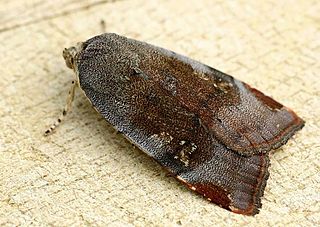
Noctua is a genus of moths. They have dull, cryptic forewings and often very bright hindwings. These are hidden under the forewings when the moths rest, leading to their common name of yellow underwings. They are not particularly closely related to the "true" underwing moths (Catocala) though, apart from both being Noctuoidea. They are good fliers.
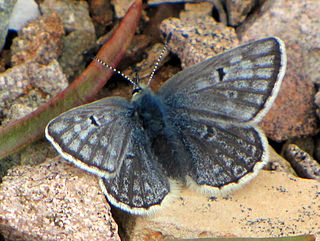
Agriades is a genus of butterflies in the family Lycaenidae. Its species are found in temperate Asia, Europe, and North America.

Ormetica is a genus of moths in the family Erebidae.

Noctua orbona, the lunar yellow underwing, is a moth of the family Noctuoidea. It is found in the Palearctic.

Rupela is a genus of moths of the family Crambidae.
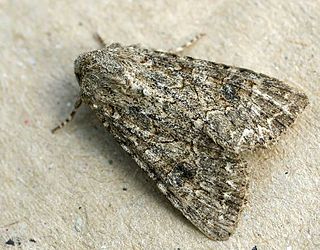
Hadula is a genus of moths of the family Noctuidae.

Asota is a genus of moths in the family Erebidae first described by Jacob Hübner in 1819. Species are widely distributed throughout Africa, India, Sri Lanka, Myanmar, the Malayan region and tropical parts of the Australian region.

Oncometopia is a genus of sharpshooters found in North and South America. The genus was erected by Carl Stål in 1869.
Asota orbona is a moth of the family Erebidae first described by Samuel Constantinus Snellen van Vollenhoven in 1863. It is found in Indonesia, Papua New Guinea and Queensland.

Orbona fragariae is a moth of the family Noctuidae. It is found from central Europe, through Siberia to the Pacific Ocean.

Dixeia, commonly called the small whites, is a genus of butterflies of the subfamily Pierini in the family Pieridae that are found mainly in Africa.

Appias epaphia, the diverse white or African albatross, is a butterfly of the family Pieridae. It is found in Africa, south of the Sahara. The habitat consists of forests and heavy woodland.

The Search for WondLa is a children's science fiction fantasy novel by Tony DiTerlizzi published in 2010. It is the first book of the WondLa series. The website dedicated to the book had an innovative section which interacts with the book's illustrations via webcam.

Dixeia orbona, the creamy small white, is a butterfly in the family Pieridae. It is found in Senegal, the Gambia, Guinea-Bissau, Burkina Faso, Ghana, Nigeria, Cameroon, Sudan, Ethiopia, the Democratic Republic of the Congo, Uganda, Kenya and Tanzania. The habitat consists of open woodland and open montane forests, particularly forest-grassland mosaic.
Ormetica orbona is a moth of the family Erebidae. It was described by William Schaus in 1889. It is found in Mexico.
Rupela orbona is a moth in the family Crambidae. It was described by Carl Heinrich in 1937. It is found in Guyana.
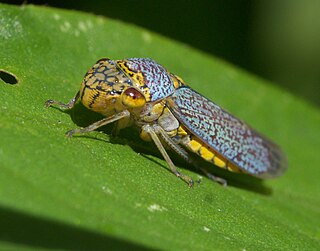
Oncometopia orbona, the broad-headed sharpshooter, is a species of sharpshooter in the family Cicadellidae.
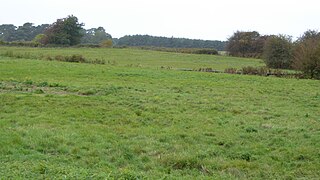
Old Bodney Camp is a 32.8-hectare (81-acre) biological Site of Special Scientific Interest west of Little Cressingham in Norfolk. It is part of the Breckland Special Protection Area.